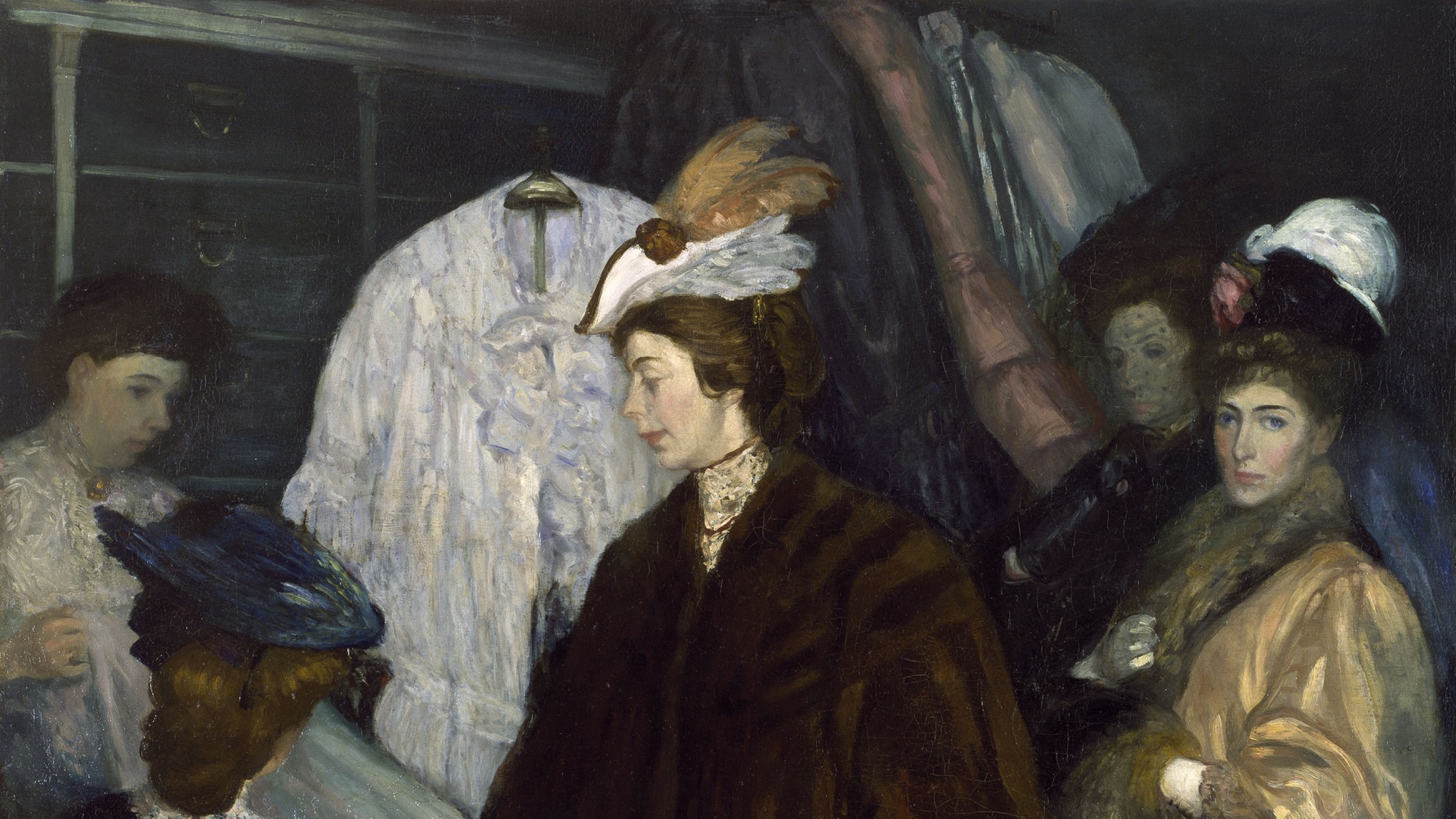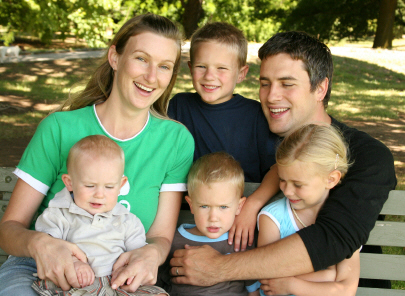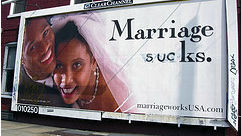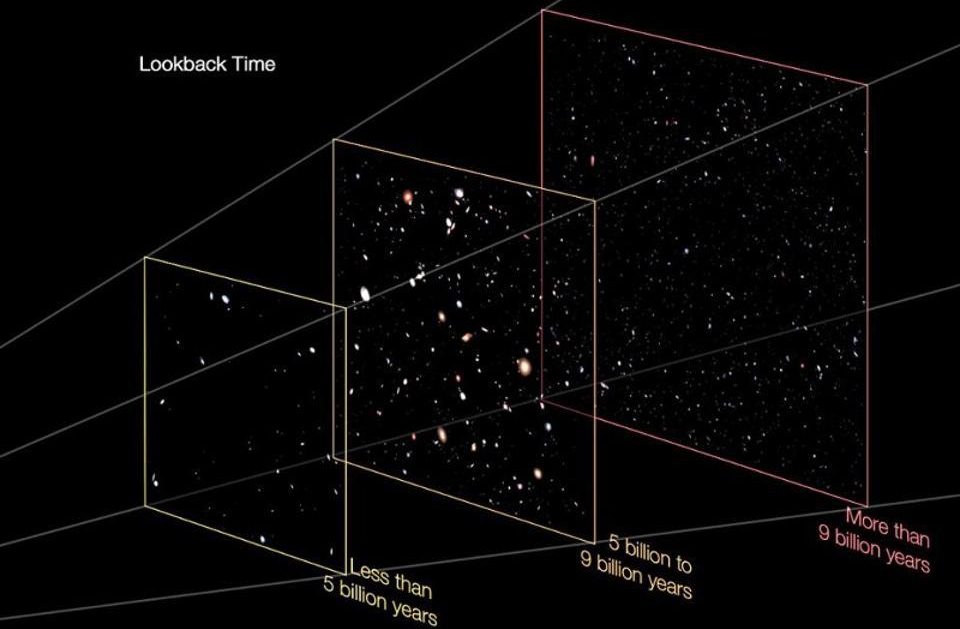What Are Fathers For?
“The bad news for Dad is that despite common perception, there’s nothing objectively essential about his contribution,” says Pamela Paul at the Atlantic. “The good news is, we’ve gotten used to him.” Referring to a recent study in the Journal of Marriage and Family, Paul says that “Our ideas of what dads do and provide are based primarily on contrasts between married-couple parents and single-female parents: an apples-to-oranges exercise that conflates gender, sexual orientation, marital status, and biogenetic relationships in ways that a true comparison of parent gender—one that compared married gay-male couples or married lesbian couples to married heterosexuals, or single fathers to single mothers—would not. Most of the data fail to distinguish between a father and the income a father provides, or between the presence of a father and the presence of a second parent, regardless of gender.”




